📚 A Bookish Chat with 'Fighter Pilot's Daughter' Mary Lawlor @marylawlor5 #AuthorInterview #BlogTour #Interview
Mary Lawlor is author of Fighter Pilot’s Daughter (Rowman & Littlefield 2013, paper 2015), Public Native America (Rutgers Univ. Press 2006), and Recalling the Wild (Rutgers Univ. Press, 2000). Her short stories and essays have appeared in Big Bridge and Politics/Letters. She studied the American University in Paris and earned a Ph.D. from New York University. She divides her time between an old farmhouse in Easton, Pennsylvania, and a cabin in the mountains of southern Spain.
You can visit her website at https://www.marylawlor.net/ or connect with her on Twitter or Facebook.
TWL: Welcome to The Writer's Life! How did you come up with the idea to write your book?
Mary Lawlor: Like many memoir writers, I’ve been haunted for decades by traumatic childhood and adolescence experiences. These experiences were intensely personal, of course, but they were connected to more public matters: to my dad’s role as a fighter pilot during the Cold War; to the culture of military bases across America and Europe; to the disciplines of Catholic schools; and to the radical counterculture and the anti-Vietnam War movement, which I joined in Paris in 1968.
My dad was a decorated war hero. My mother, my sisters and I lived in the glow and the shadow of his dangerous, turbulent life. Through all our many moves—I went to 14 schools before I turned seventeen—I remained a good Catholic, a good patriot, and a good student. But when I came of age in the late sixties, I turned away from much of what I’d been taught. Suddenly, the way of life I’d absorbed at Catholic schools and from uncounted patriotic sermons appeared distant and wrong. And all that my father had done in the Korean War and was still doing in Vietnam appeared in a different, darker light.
The confrontations between my father and me as a result of my involvement in the Paris demonstrations shattered my ties to the family and marked my psyche in ways I’ve tried for years to understand better. I was deeply conflicted about my parents at the time, especially about my Dad. And I didn’t know how I felt or should feel about myself as the daughter of the man who flew the bombing and strafing missions he did. I wrote the book both to produce a fuller and more nuanced picture of those difficult times and to find a way beyond my own anger at parents I also loved, respected, and missed. Writing Fighter Pilot’s Daughter helped me understand their choices much better than I had in the past.
TWL: Can you give us a short excerpt?
ML: Sure. Here’s the first page of the introduction, titled “The Pilot’s House”:
The pilot’s house where I grew up
was mostly a women’s world. There were five of us. We had the place to ourselves
most of the time. My mother made the big decisions—where we went to school,
which bank to keep our money in. She had to decide these things often because
we moved every couple of years. The house is thus a figure of speech, a way of
thinking about a long series of small, cement dwellings we occupied as one
fictional home.
It was my father, however, who
turned the wheel, his job that rotat- ed us to so many different places. He was
an aviator, first in the Ma- rines, later in the Army. When he came home from
his extended ab- sences—missions, they were called—the rooms shrank around him.
There wasn’t enough air. We didn’t breathe as freely as we did when he was
gone, not because he was mean or demanding but because we worshipped him. Like
satellites my sisters and I orbited him at a dis- tance, waiting for the chance
to come closer, to show him things we’d made, accept gifts, hear his stories.
My mother wasn’t at the center of things anymore. She hovered, maneuvered,
arranged, corrected. She was first lady, the dame in waiting. He was the center
point of our circle, a flier, a winged sentry who spent most of his time far up
over our heads. When he was home, the house was definitely his.
These were the early years of the Cold War. It was a time of vivid fears, pictured nowadays in photos of kids hunkered under their school desks. My sisters and I did that. The phrase “air raid drill” rang hard—the double-A sound a cold, metallic twang, ending with ill. It meant rehearsal for a time when you might get burnt by the air you breathed.
TWL: What part of the book was the most fun to write?
ML: I have to say it was the Paris sections. It was good to go back in memory to the scenes of my life in that beautiful city, to the discovery of fascinating new friends there, and the excitement of the demonstrations. This was the first time in my life that I had the chance to be on my own and make my own decisions. I was young and full of energy and curiosity. It was a great joy to go back into those days and recreate them on the page.
But writing those Paris chapters also gave me great relief. That was the time when I separated, so to speak, from my parents—when I started questioning their beliefs and the strict patriarchy of their household. For many years after I blamed them for refusing to even try to understand the changes I was going through. But I was carrying a lot of guilt too, for challenging my parents. To write about those experiences was to sort out contradictory feelings that had been plaguing me for decades. That was very helpful, if not quite fun.
TWL: What’s one fact about your book that would surprise people?
ML: I imagine it’s still surprising to many people to learn how often military families move. That we changed households on average every two years and that I went to fourteen schools before graduating from highschool are still pretty striking facts to me! How are you supposed to figure out what sort of a person you want to be and what to expect of the future, when, as a kid, you have no place where you can ground yourself, no place to call home?
TWL: What other books are you working on and when will they be published?
ML: I’ve just finished a draft of a novel called The Translators, set in twelfth-century Spain. It’s about the historical Robert of Ketton and his friend Hermann of Carinthia. They were astronomers and mathematicians credited with making the first translation of the Koran into Latin. They traveled to Spain by foot, boat, and oxcart in the early 1100s in order to learn Arabic (Spain was Muslim from 711 until 1492). In my novel, their great desire is to gain access to the scientific works in the libraries of the emirs who the Christian lords and kings are fighting (and are sometimes in alliance with). Robert and Hermann were very intimate, and my story casts them as lovers, great intellectuals, and travelers. I won’t reveal much of the plot here, but they’re seeking knowledge that’s regarded with suspicion by the church and spend a lot of time dodging abbots and bishops who threaten to stop them in their tracks. The Spain of their time is a distinctly multicultural world, and they have to navigate the cultural differences carefully. They also have to protect themselves from the eyes of those who find their homosexuality a problem. Robert’s sister, Celeste, is a major presence in the story. She brings a complicated domestic experience into the mix when she surprises them with a visit. It’s a story that covers a lot of ground, literally, within a time frame of three short years.
TWL: Finally, what message are you trying to get across with your book?
ML: I hope readers of Fighter Pilot’s Daughter come away with a deeper understanding of what military kids and spouses experience. I hope the book makes clear how complicated it is for these dependents (a fraught word, but it’s what was used in military circles when I was growing up) of service people to maintain healthy and happy family lives when they’re moving all the time and spending long months separated from a father or mother, husband or wife, who’s deployed to war. The 2,582,001, spouses, children, and adult dependents of military force members[1] are still little understood as a group.
I’ve often been asked if growing up in a military family was like life as portrayed in The Great Santini. It’s amazing how common this question is. The answer is no. Santini was an abusive father. Of course, many military fathers work with violence on a regular basis, but they don’t always bring it home. Pat Conroy was a great story teller, and as he said himself about his novel and memoir about his father, it’s his family’s story, not a representative one of military family life in general. Nevertheless, his is probably still the most widely known narrative in circulation about military dependents and their soldier fathers. Too often it’s taken as a model of all service families. Fighter Pilot’s Daughter tells a different story.
But the book is also about life in Cold War America more generally: about our patriotic culture and the perhaps inevitable reactions of a generation of young Americans to that patriotism. I’m thrilled when readers write that the book has helped them remember and understand events and movements of that time, and to realize how powerfully they shaped our individual lives.
I also have to admit that I’d like my mother and father to be remembered. They were complicated, fascinating, larger than life people. There are far more good stories about them than than I was able to recount in Fighter Pilot’s Daughter; but it makes me happy to hear from readers that they feel they know Jack and Frannie; and that they have an idea of what my early life was like. It makes me feel somewhat less of a stranger everywhere I go.
TWL: Do you have any final words?
Author: Thanks for inviting me to talk about Fighter Pilot’s Daughter. I hope it’s not too immodest to say I like the book myself quite a lot. It’s come out in paperback, and I’ve had many wonderful responses from readers, particularly from people who grew up in military families. I’ve also had a number of letters from people of my generation who don’t know military life but have powerful memories of growing up during the later years of the Cold War. It means the world to me that these readers are moved by the book to think about their own pasts and write me about their experiences.
I’m also glad to know the book isn’t circulating only as a memoir for children of the sixties. A couple of younger writers have been drafting screenplays of Fighter Pilot’s Daughter for TV or film. Who knows if these will go anywhere, but I’m grateful for the attention to the story—and for the interest on the part of people of other generations as well.
Title: FIGHTER PILOT’S DAUGHTER
Author: Mary Lawlor
Publisher: Rowman and Littlefield
Pages: 323
Genre: Memoir
BOOK BLURB:
FIGHTER PILOT’S DAUGHTER tells the story of the author as a young woman coming of age in an Irish Catholic, military family. Her father, an aviator in the Marines and later the Army, was transferred more than a dozen times to posts from Miami to California to Germany as the government demanded. For her mother and sisters, each move meant a complete upheaval of ordinary life. The car was sold, bank accounts closed, and of course one school after another was left behind. Friends and later boyfriends lined up in memory as a series of temporary attachments. The story highlights the tensions of personalities inside this traveling household and the pressures American foreign policy placed on the Lawlors’ fragile domestic universe.
The climax happens when the author’s father, stationed in southeast Asia while she’s attending college in Paris, gets word that she’s caught up in political demonstrations in the streets of the Left Bank. It turns out her strict upbringing had not gone deep enough to keep her anchored to her parents’ world. Her father gets emergency leave and comes to Paris to find her. The book narrates their dramatically contentious meeting and the journey to the family’s home-of-the-moment in the American military community of Heidelberg, Germany. The book concludes many years later, after decades of tension that had made communication all but impossible. Finally, the pilot and his daughter reunite. When he died a few years later, the hard edge between them had become a distant memory.
Praise
Mary Lawlor’s memoir, Fighter Pilot’s Daughter: Growing Up in the Sixties and the Cold War, is terrifically written. The experience of living in a military family is beautifully brought to life. This memoir shows the pressures on families in the sixties, the fears of the Cold War, and also the love that families had that helped them get through those times, with many ups and downs. It’s a story that all of us who are old enough can relate to, whether we were involved or not. The book is so well written. Mary Lawlor shares a story that needs to be written, and she tells it very well. ― The Jordan Rich Show
Mary Lawlor, in her brilliantly realized memoir, articulates what accountants would call a soft cost, the cost that dependents of career military personnel pay, which is the feeling of never belonging to the specific piece of real estate called home. . . . [T]he real story is Lawlor and her father, who is ensconced despite their ongoing conflict in Lawlor’s pantheon of Catholic saints and Irish presidents, a perfect metaphor for coming of age at a time when rebelling was all about rebelling against the paternalistic society of Cold War America. ― Stars and Stripes
Fighter Pilot’s Daughter. . . is a candid and splendidly-written account of a young woman caught in the political turmoil of the ’60s and the domestic turmoil that percolated around a John Wayne figure who won the Distinguished Flying Cross, eight Air Medals and the Cross of Gallantry across three generations of starspangled blood and guts. … Among the triumphs of the book is Lawlor’s ability to transition from academic – she is the author of two scholarly books and numerous articles about American literature and culture – to popular writing. ‘I tried very hard to keep my academic voice out of the book,’ said Lawlor, who will be retiring as a professor and director of American Studies after the spring semester. ‘In academic writing, you explain and explain and footnote and footnote, and some of the life inevitably comes out of it. I wanted this to have life.’ In so many ways it does….[particularizing] her family, including her mother, Frannie, her older twin sisters (Nancy and Lizzie) and a younger sister (Sarah). . . . In many ways the Lawlor women drive her narrative. … Her principal focus, inevitably, is her Fighter Pilot Father, who, in her words, ‘seemed too large and wild for the house.’ Jack Lawlor was so true to fighter-pilot form as to be an archetype, hard-drinking, hard-to-please, sometimes (though not always) hard-of-heart. Mary does not spare those details.’ ― Muhlenberg: The Magazine
This engrossing memoir adeptly weaves the author’s account of growing up in a military family in the United States and Europe with domestic American and international Cold War events. Mary Lawlor’s descriptions of her parents’ origins and aging, and her perceptive, honest reflections on childhood and young adulthood between the 1950s and 1970s, are illuminated by the knowledge and wisdom that develop over decades of adulthood. In re-visiting her earlier life, the author reveals a process of arriving at a compassionate understanding of the significant people in it—relatives, friends, nuns, boyfriends, and draft resisters, among others—and through this, a clearer understanding of one’s self. She demonstrates that comprehension of the broad historical context in which one lives—in her case, the pervasive global rivalry between communism and anticommunism, and its influences on American ideals about family roles, political values, and aspirations, which she questioned and challenged as a young woman drawn into the counterculture—is crucial for attaining such self-knowledge.
— Donna Alvah, Associate Professor and Margaret Vilas Chair of US History, St. Lawrence University
The Writer’s Life
Thank you for visiting and reading!
Feel inspired? Have you read this book? Let us know your thoughts!








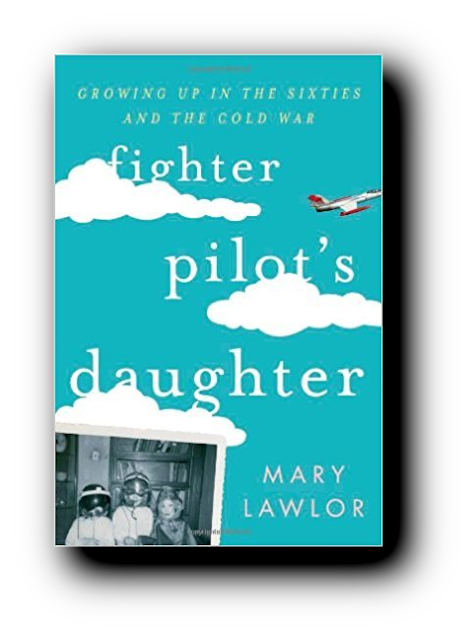


























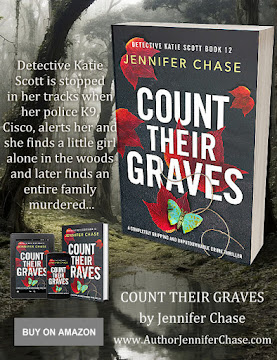














































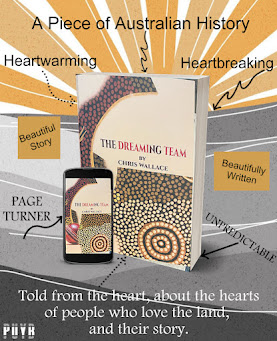









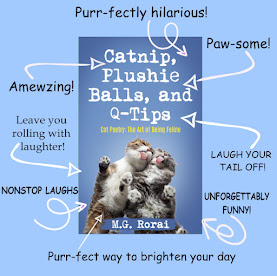





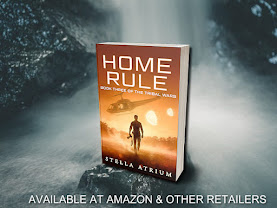




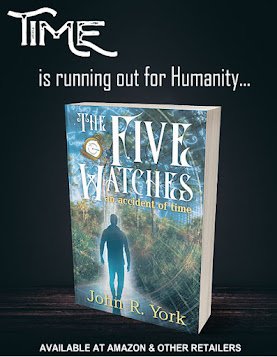










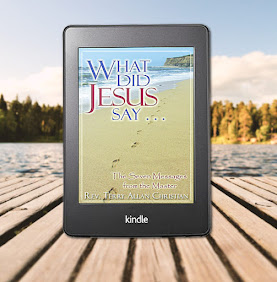






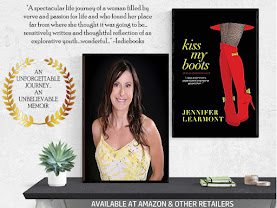




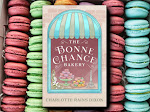
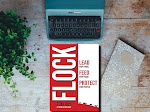


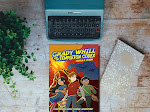







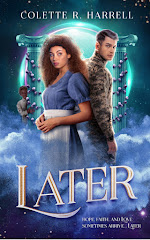
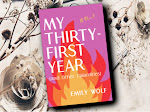



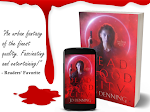


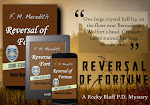









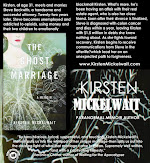

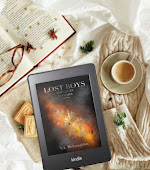
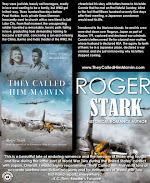

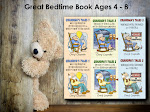

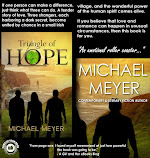
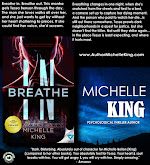
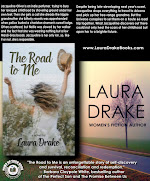


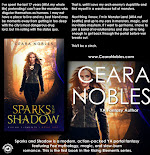
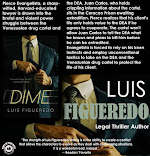








































I am actually grateful to the holder of this site who has shared
ReplyDeletethis enormous article at here. 경마사이트
Fantastic job. I really enjoyed
ReplyDeletewhat you had to say, and more than that, how you presented it.
Too cool! 온라인카지노
This design is incredible! You definitely know how to keep a reader amused. I was almost moved to start my own blog 토토
ReplyDeleteFine way of describing, and nice article to take facts about my presentation topic,
ReplyDelete토토365프로
토토
What’s up Dear, are you genuinely visiting this web page
ReplyDeletedaily, if so then you will definitely take good knowledge.
스포츠토토티비
스포츠중계